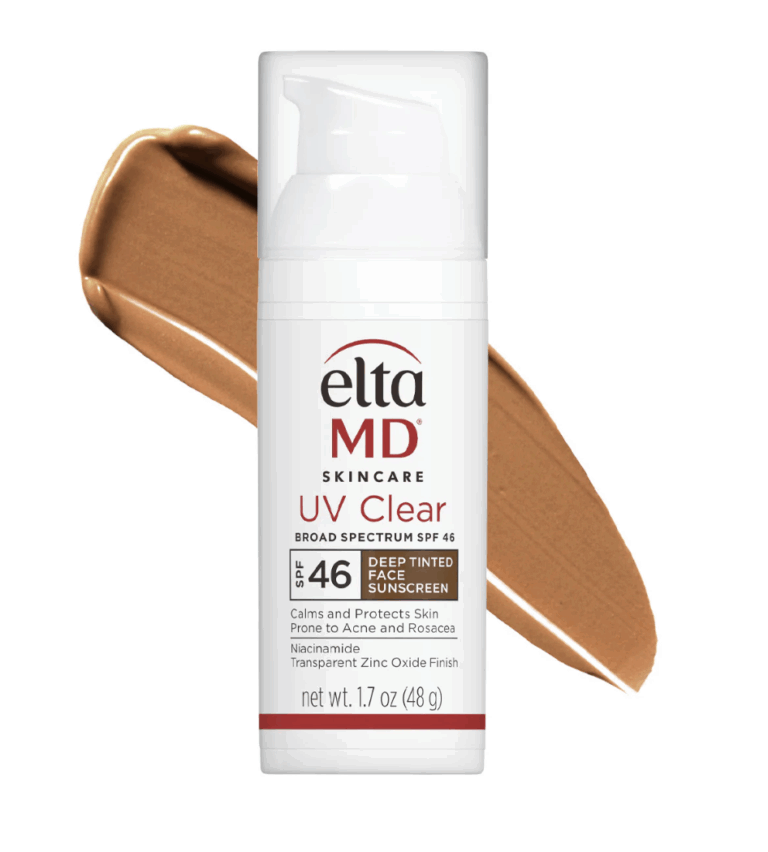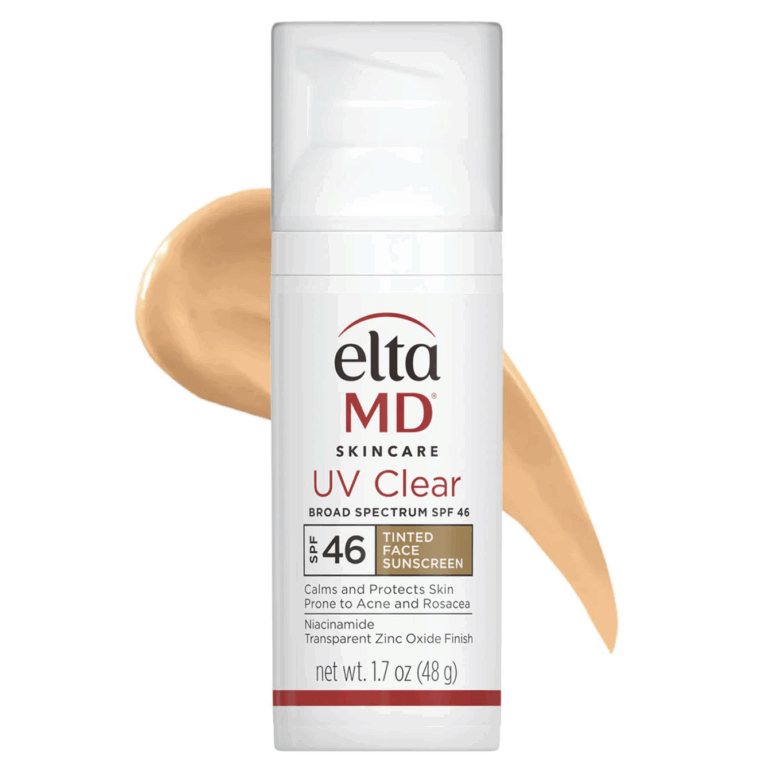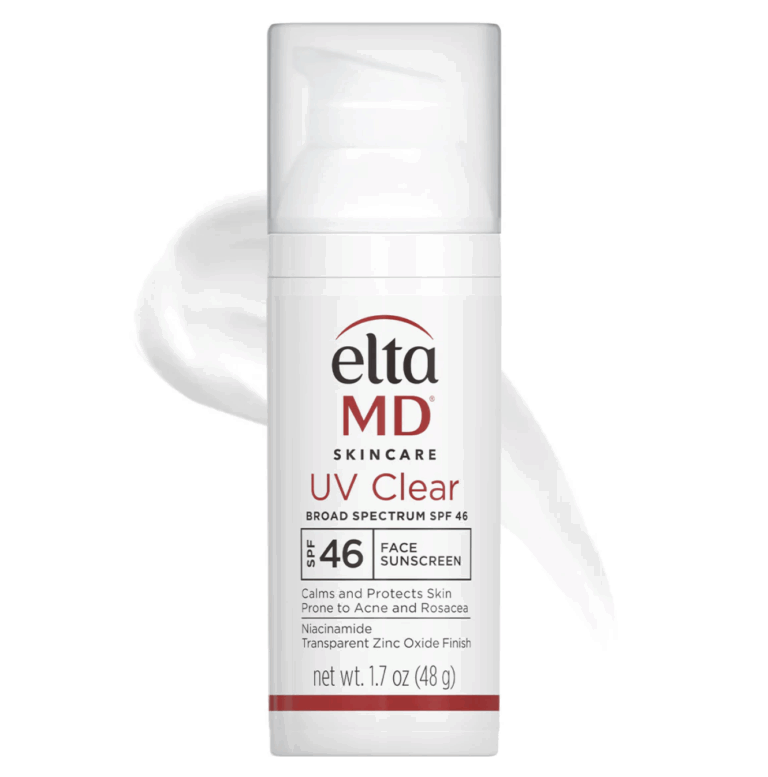Mineral vs. Chemical Sunscreen
You bought a new sunscreen, followed all the rules, and still ended up with a breakout or a frustrating rash. You think you’re alone, but you’re not. It’s a common problem, and it’s not you—it’s the type of sunscreen you’re using.
You’ve been told all sunscreens are created equal, but the truth is, the two main types work in completely different ways. And for many people, one is a silent cause of irritation and breakouts.
In this post, we’re cutting through the noise to give you the honest breakdown you’ve been searching for.
The Two Types of Sunscreen: A Simple Guide
When you’re shopping for sunscreen, you’ll see two main kinds: chemical and mineral. While both protect you, we at Skin 2000 prefer mineral sunscreens for a few key reasons.
MINERAL SUNSCREENS
How They Work: Think of them as a physical shield. They sit on top of your skin and act like tiny mirrors, bouncing away UV rays.
-
Why They’re Great: They are a fantastic choice for sensitive skin because they’re less likely to cause irritation. They also start working the moment you put them on. The two main ingredients you’ll see are zinc oxide and titanium dioxide. They offer incredible, all-around protection.
CHEMICAL SUNSCREENS
-
How They Work: These sunscreens absorb the sun’s rays and turn them into heat, which is then released from the skin.
-
Good to Know: While effective, some people with sensitive skin find that they can cause irritation.
Find Your Perfect Shield
We’ve hand-picked three mineral-based options from our shop to suit different skin tones, ensuring you get the best protection without any white cast.
At Skin 2000, we don't just talk about problems; we provide solutions.
Ready to try a mineral sunscreen but worried about that chalky white finish? In our next post, we’ll tackle that myth head-on and show you why it’s (mostly) a thing of the past.



